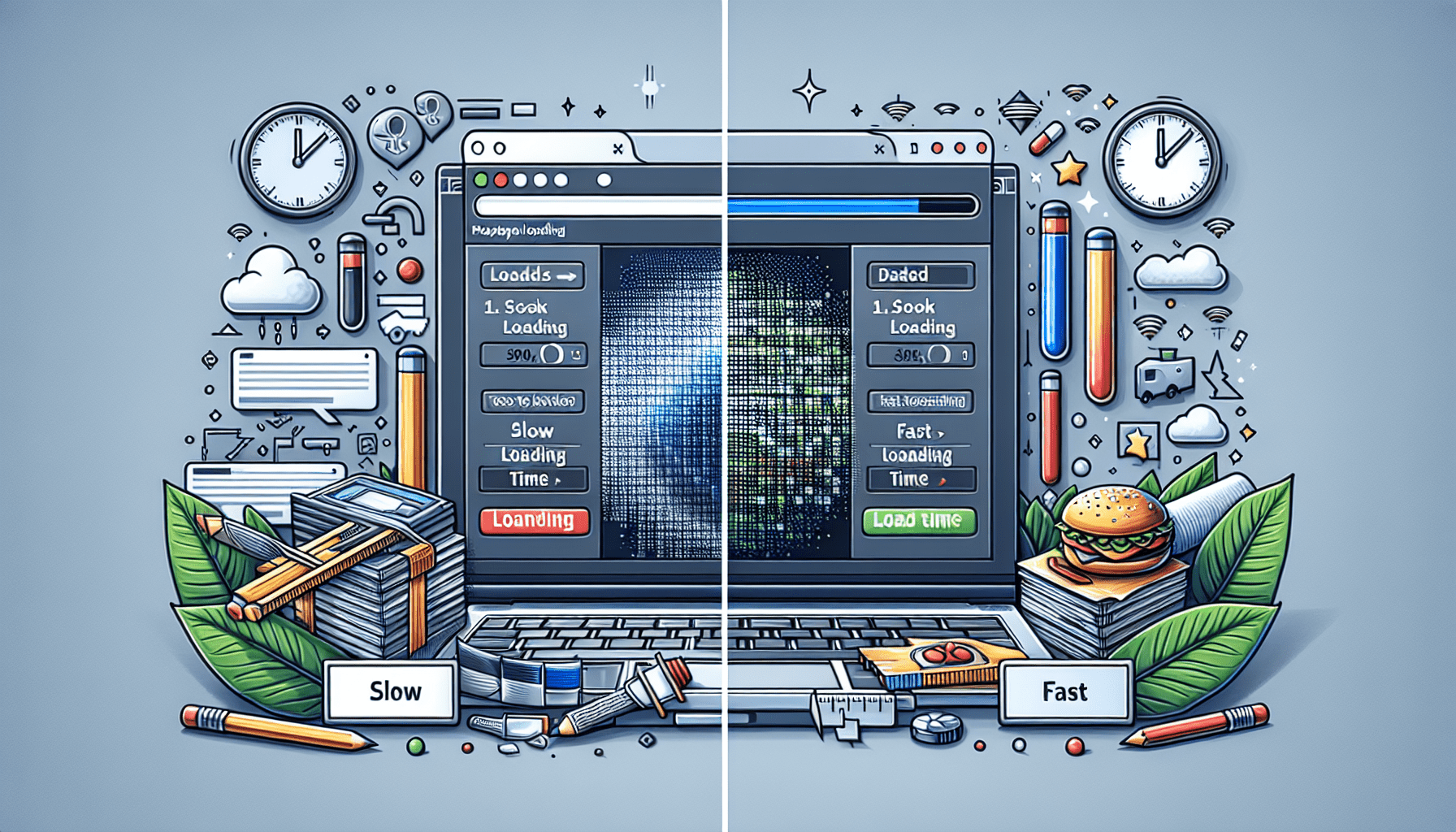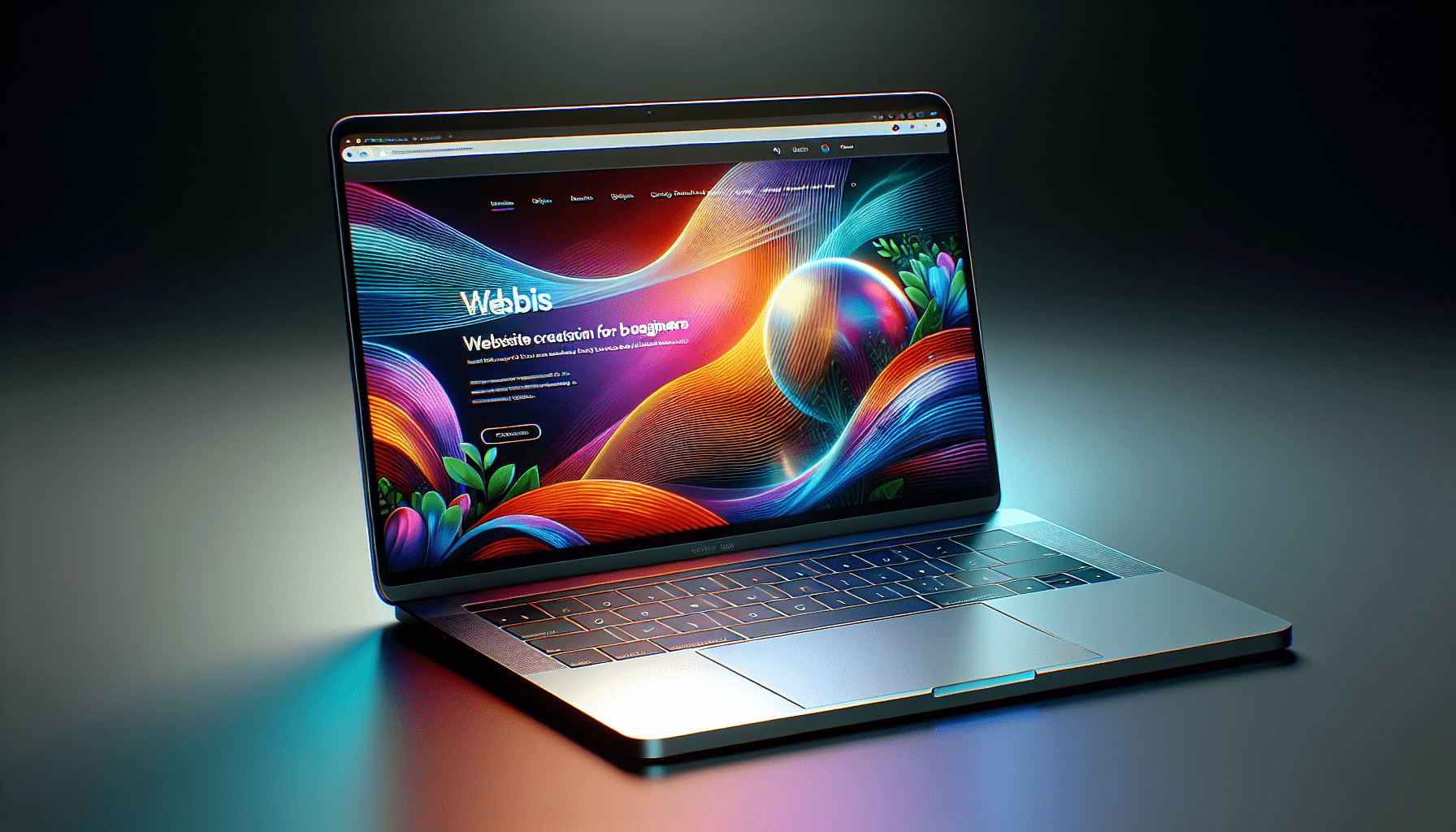Welcome to an article all about optimizing website images for better performance and faster loading. In today’s digital age, having a visually appealing website is crucial, but it’s equally important to ensure that your images are optimized for speed and efficiency. By following some simple tips and best practices, you can enhance your website’s performance, improve user experience, and boost your search engine rankings. From choosing the right file format to resizing and compressing images, you’ll learn everything you need to know to make your website images shine. So sit back, relax, and get ready to take your website to the next level! Have you ever visited a website that took forever to load because of slow image loading times? It can be frustrating, right? In this article, we will discuss how you can optimize your website images for better performance and faster loading, ultimately improving user experience and even boosting your site’s SEO rankings. Let’s dive in!
Why Image Optimization Matters
Images play a crucial role in making your website visually appealing and engaging for visitors. However, if not optimized properly, they can significantly slow down your site’s loading speed. This could lead to high bounce rates, lower search engine rankings, and ultimately, decreased conversions.
Optimizing your website images is essential for ensuring a seamless user experience and keeping visitors on your site longer. By reducing image file sizes and improving loading times, you can enhance performance, boost SEO, and increase overall user satisfaction.
What is Image Optimization?
Image optimization refers to the process of reducing the file size of images on your website without compromising quality. By compressing and resizing images, you can improve loading times and overall site performance. There are several techniques and tools available to help you optimize your website images effectively.
Best Practices for Image Optimization
When it comes to optimizing your website images, there are several best practices you should keep in mind to achieve optimal results.
Use the Right Image Format
Choosing the correct image format is crucial for image optimization. JPEG is ideal for photographs and complex images, while PNG is best for graphics with transparency or text. Avoid using BMP or TIFF formats, as they tend to have larger file sizes and can slow down loading times.
Compress Images Without Losing Quality
Image compression is essential for reducing file sizes without sacrificing image quality. There are various online tools and plugins available that can help you compress images effectively. Aim to strike a balance between reducing file sizes and maintaining image clarity to ensure optimal performance.
Resize Images for Web
Resizing images to the correct dimensions for web display can significantly improve loading times. Avoid uploading oversized images and resizing them using HTML or CSS, as this can result in slower loading speeds. Resize images to the exact dimensions required on your website to ensure faster loading times and better performance.
Optimize Alt Text and File Names
Optimizing alt text and file names for images is not only important for SEO but also for accessibility. Use descriptive keywords in alt text and file names to help search engines understand the content of your images. This can improve your site’s visibility in search results and enhance user experience for visually impaired users.
Tools for Image Optimization
There are several tools and plugins available that can help you optimize your website images efficiently. These tools offer various features and functionalities to make the image optimization process more straightforward and effective.
Image Compression Tools
Tools like TinyPNG, JPEGmini, and Compressor.io are excellent options for compressing image files without losing quality. These tools utilize advanced algorithms to reduce file sizes significantly, making images load faster on your website.
Image Editing Software
Professional image editing software like Adobe Photoshop or GIMP can also be used to optimize images for the web. These tools offer advanced editing capabilities that allow you to resize, crop, and compress images while maintaining their quality and clarity.
WordPress Plugins
If you’re using WordPress for your website, there are several plugins available that can streamline the image optimization process. Plugins like Smush and Imagify automatically compress and resize images on your site, improving loading times and overall performance.
Testing Image Performance
After optimizing your website images, it’s essential to test their performance to ensure that they are loading quickly and correctly. There are several tools and methods you can use to test image performance and identify any potential issues.
Page Speed Insights
Google’s PageSpeed Insights tool is an excellent resource for testing your website’s loading speed and performance. Simply enter your website URL, and the tool will analyze your site’s images, CSS, and JavaScript files to provide recommendations for improvement.
GTmetrix
GTmetrix is another valuable tool for testing image performance and overall site speed. This tool provides detailed insights into your website’s loading times, image sizes, and optimization opportunities, allowing you to make necessary adjustments for better performance.
Manual Testing
In addition to using online tools, manually testing your website’s image performance is also essential. Browse your website on different devices and browsers to ensure images are loading quickly and correctly. Make any necessary adjustments based on your observations to improve overall performance.
Conclusion
Optimizing your website images for better performance and faster loading is crucial for enhancing user experience, improving SEO, and increasing site conversions. By following best practices, using the right tools, and testing image performance, you can ensure that your website images load quickly and efficiently, keeping visitors engaged and satisfied. Implement these image optimization strategies today to boost your site’s performance and drive better results.








